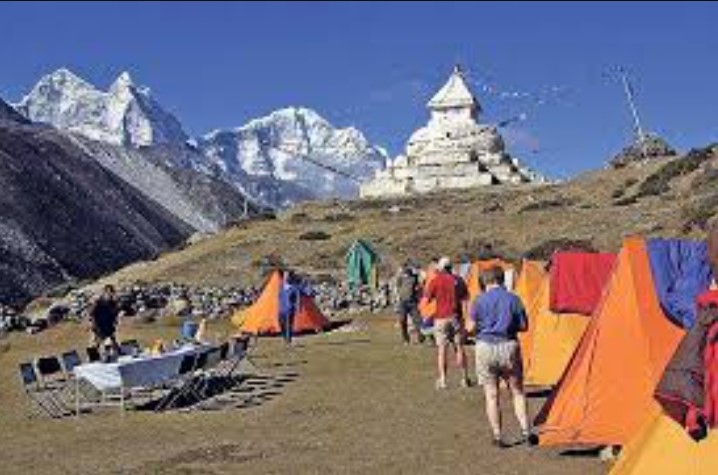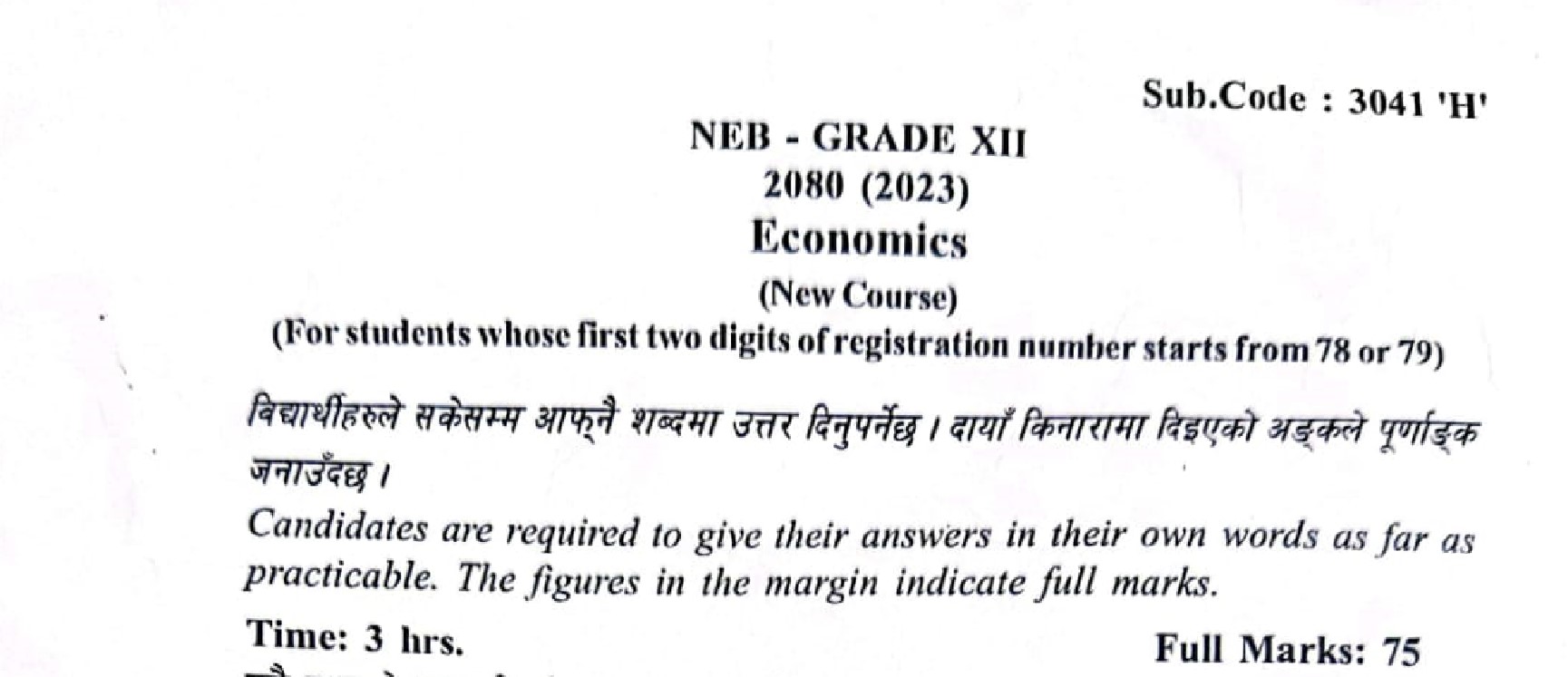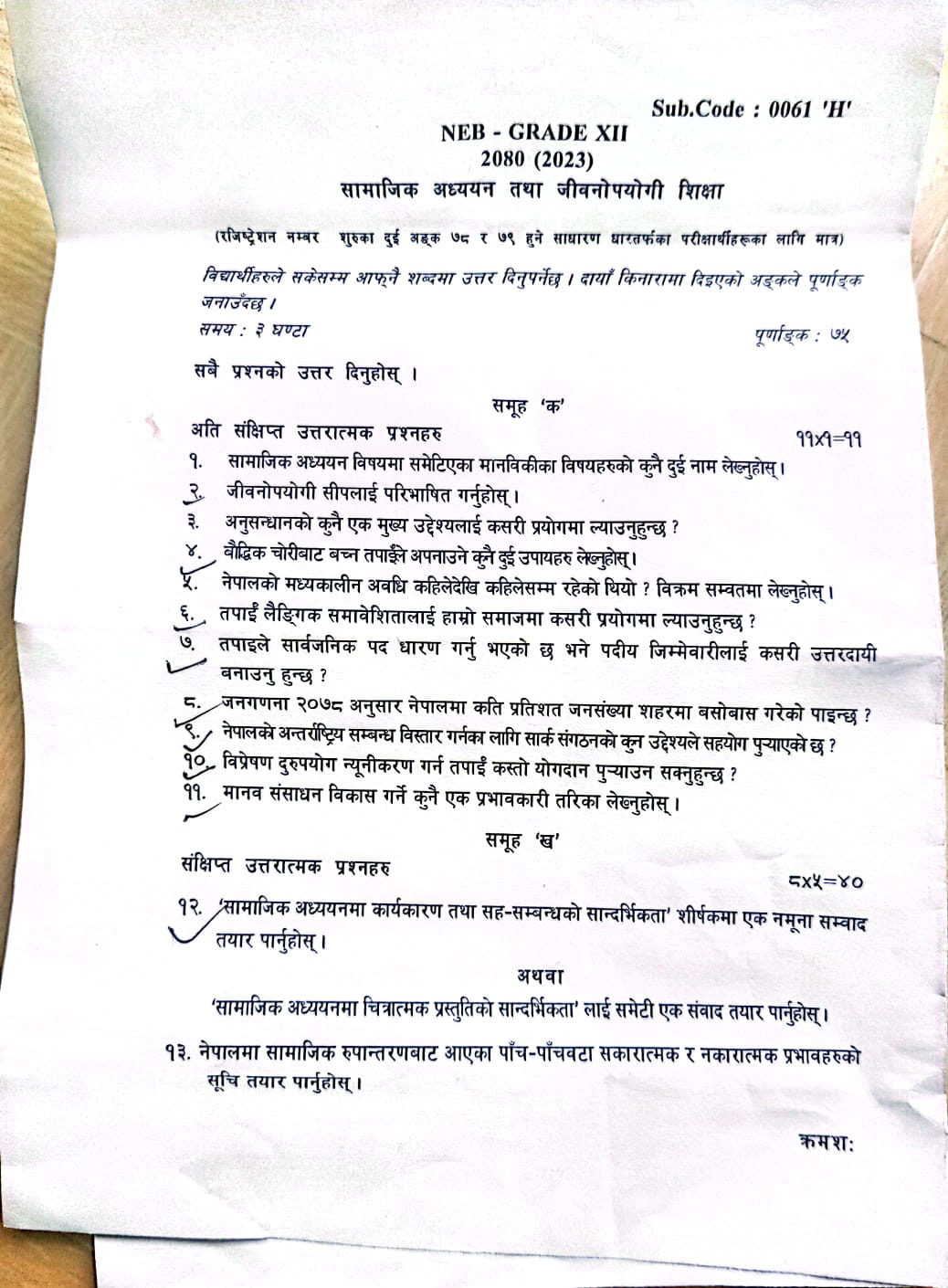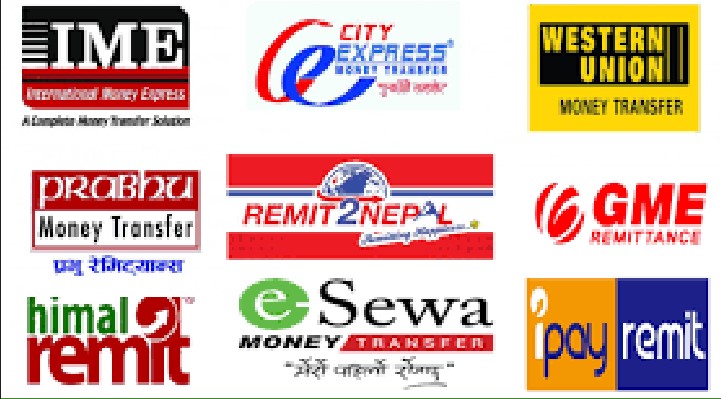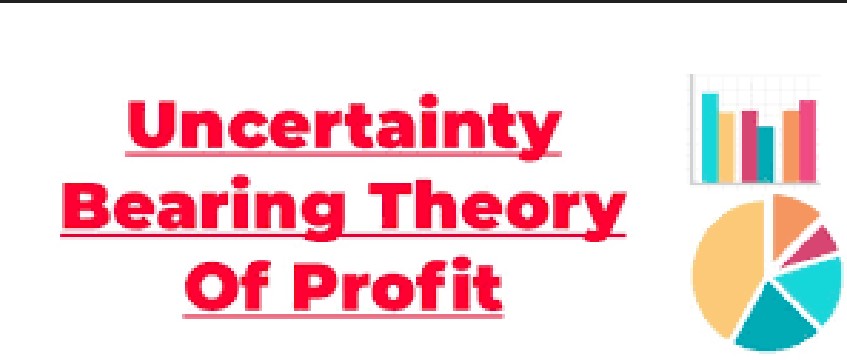Meaning of Pricing :
Pricing in the context of tourism refers to the process of setting and determining the cost of tourism-related products and services such as hotel accommodations, transportation, activities, and tours. It involves considering various factors such as the quality of the product or service, demand and supply, competition, and the target market. Pricing strategies in tourism can include dynamic pricing, seasonal pricing, promotional pricing, and value-based pricing. The ultimate goal of pricing in tourism is to balance profitability with affordability for the consumer, while also ensuring the sustainability of the tourism industry.
Concept of pricing (Tariff) in Tourism :
In the context of tourism, a tariff is a tax or fee imposed by a government or regulatory body on goods and services related to tourism. These fees may be applied to a range of tourism-related products and services, such as hotel accommodations, flights, car rentals, and tourist attractions.
Tariffs in tourism may be designed to generate revenue for the government, to protect local industries from foreign competition, or to address environmental or social concerns. For example, some countries may impose tariffs on imported goods and services to encourage domestic tourism, while others may impose taxes on tourism activities that are deemed harmful to the environment or local culture.
Tourism tariffs can have a significant impact on the cost of travel and the overall competitiveness of a destination. As a result, tourism businesses and policymakers must carefully consider the potential impact of tariffs on the industry and work to develop policies that balance economic, environmental, and social considerations.
You may also read : NEB 12 Travel And Tourism Unit 1 : Tourism Marketing All Notes
NEB 12 Travel And Tourism Unit 2 : Tourism Product All Notes
Nepal a safe destination for tourism Essay
Referring Hotel Tariff :
In the context of hotel tariffs, the term “tariff” typically refers to the price or cost of staying at a hotel. The hotel tariff includes the cost of accommodation, as well as any additional services or amenities that may be offered by the hotel. Hotel tariffs may vary based on various factors such as the season, location, room type, and availability.
Some hotels may offer special tariffs or discounts for guests who are referred to the hotel by a third-party, such as a travel agency or an online booking platform. In such cases, the referring party may receive a commission or referral fee from the hotel for bringing in the guest. However, this is not commonly referred to as “referring tariff” but rather a referral fee or commission.
Trekking And Rafting Tariff :
Trekking and rafting tariffs refer to the cost or pricing of trekking and rafting activities offered by tour operators or adventure sports companies. These tariffs typically include the cost of equipment rental, guides, transportation, and any other associated fees.
The actual tariff for trekking or rafting will depend on various factors, such as the location, duration of the activity, level of difficulty, and the number of participants. For example, trekking in a remote region with limited accessibility may be more expensive than a popular trekking route with well-developed infrastructure.
Rafting tariffs may also vary based on factors such as the level of rapids, length of the river, and type of raft used. Additionally, tour operators may offer different packages and options, such as half-day or full-day rafting trips, which can also affect the tariff.
It’s important to note that trekking and rafting tariffs are subject to change depending on various factors, such as changes in local regulations, demand, and availability of resources. Therefore, it’s important to research and compare tariffs from different tour operators before selecting a trekking or rafting package.


 - [Resolving the Adventure Not Found Error in For the King 2](#) - [Understanding the Purpose of the Hardwork Skill in For the King 2](#) Upon liberating the prisoner from the cart in The Resistance chapter, the world unfurls for exploration. Roam the area until you chance upon an overturned wagon distinct from the prisoner cart, nestled in the Foothills area of the map. Should the wagon remain elusive, lean on Vision Scrolls or Find Distance items, available in town shops, dropped by enemies, or carried by specific characters such as the Scholar. Employ these tools to meticulously scrutinize the Foothills. Continue your exploration of the Foothills until you stumble upon the broken wagon. Once uncovered, assign any of your party members to investigate – no battle ensues, sparing your entire party from involvement. A notification will prompt you to the exact location of the Bandit Camp, where Hildegard's husband is being held captive. Liberate him from the camp to successfully fulfill this objective. These are the crucial steps to unraveling the mystery of Hildegard's husband in For the King 2. If you found this guide beneficial, consider exploring our diverse range of other informative guides.](https://meropaper.com/wp-content/uploads/2024/01/for-the-king-2-hildegard-husband-cart2-150x150.webp)




